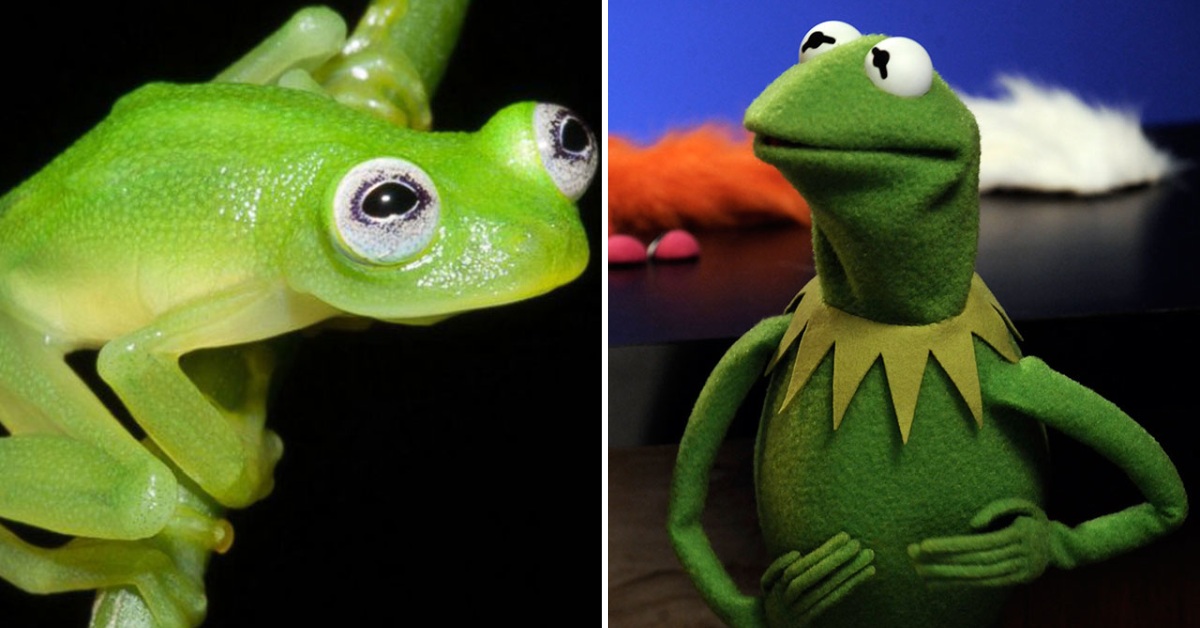The Kermit look-alike frog species inhabits eastern Costa Rica’s mountainous rainforests. And you can see through it.

The inch-long (2.5 cm) creature, scientifically named Hyalinobatrachium dianae, joins Costa Rica’s 13 other glass frogs previously discovered, named for their translucent bodies which, in the case of some of them, even allows a view to their organs.
Despite its distinctive lime-green skin and bulging white eyes, this species of glass frog has evaded biologists – until now. The reason for its hiding could be its long, whistle-like voice, which is much like that of an insect.

Costa Rica’s last glass frog discovery occurred in 1973, but recently a few specimens of H. dianae were collected by scientists with the Costa Rican Amphibian Research Center. Scientists Brian Kubicki, Stanley Salazar and Robert Puschendorf distinguished the new species from other glass frogs based on its unique combination of morphological characteristics, advertisement call, and genetic distance.
The scientists collected the specimens at three different sites along the Caribbean slopes of Costa Rica at elevations between 1,300 and 2,950 feet (400 and 900 meters) above sea level. Kubicki and his colleagues wrote that the frog’s habitat lies mostly in protected conservation areas with few roads, so it’s unlikely that human development will pose a major threat to the species in the future. That said, frogs around the world have been hardly hit by climate change and infectious disease, and the authors are unsure how these threats could affect H. dianae.

H. dianae has made headlines for its resemblance to Kermit the Frog, which Kubicki – whose mother the newly discovered species species was named after – doesn’t really mind.
“Prior to the media making the link between Hyalinobatrachium dianae and Kermit the frog I had no thought about the resemblance, but I can see where they came up with this idea that has created such a sensation with this newly described species,” Kubicki told Live Science. “I am glad that this species has ended up getting so much international attention, and in doing so it is highlighting the amazing amphibians that are native to Costa Rica and the need to continue exploring and studying the country’s amazing tropical forests.”
Sources: 1, 2, 3
